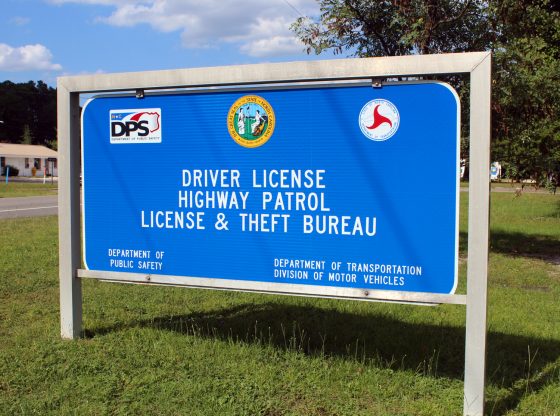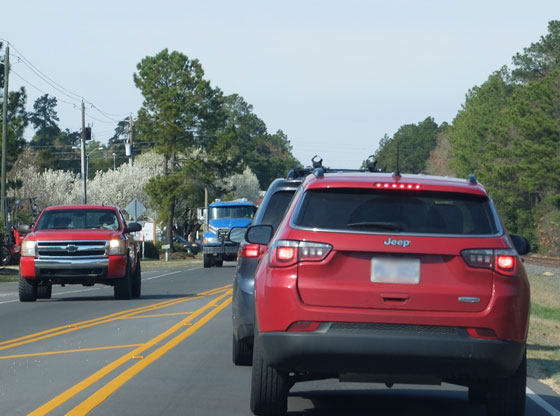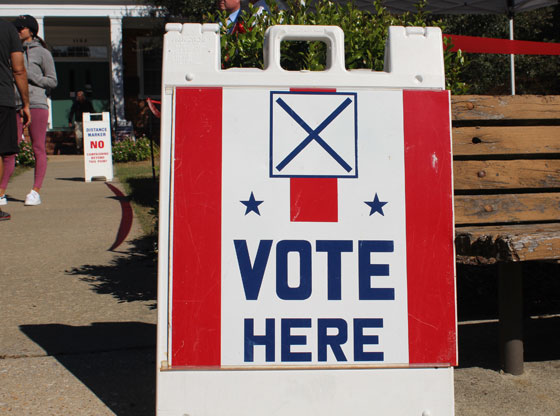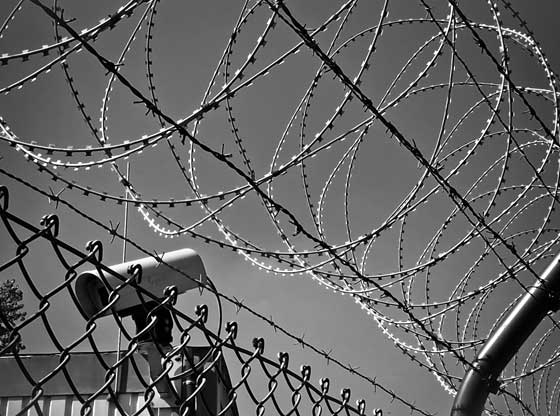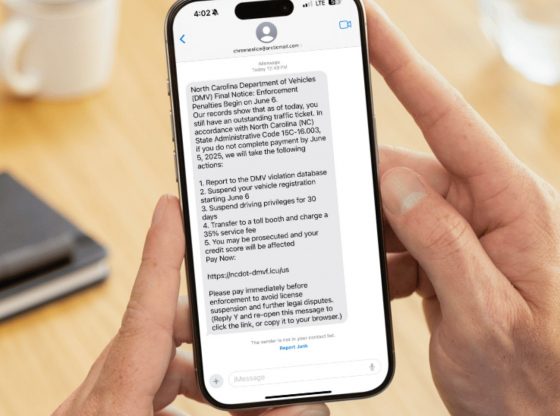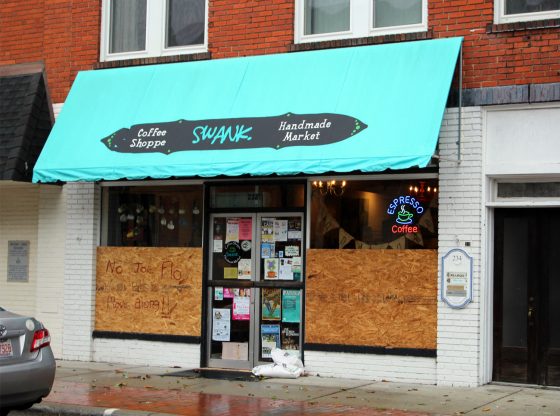North Carolina’s juvenile crime rate fell to its lowest point since the state began recording juvenile crime data – 16.18 complaints per every 1,000 kids – according to the latest report from the Department of Public Safety’s Juvenile Justice section.
“As Attorney General and now as Governor, I’ve seen firsthand the work of law enforcement and Juvenile Justice officials to reduce juvenile crime and promote safer communities. We will continue to work to identify at-risk young people, increase opportunity across our state and build a safer North Carolina,” said Governor Cooper.
“These results speak to the outstanding work of juvenile justice professionals throughout the state, and the strong partnerships we’ve built with law enforcement, community-based programs and organizations,” said William Lassiter, deputy secretary for Juvenile Justice. “With our improved understanding of youth behavior and the underlying issues/factors that may trigger criminal behavior, we’re using a proactive approach to recognize at-risk youth and provide them with help to keep them from entering the juvenile justice system in the first place.”
Data presented in the Juvenile Justice Section’s 2018 Annual Report shows the following trends in the state’s juvenile justice system from 2010-2018:
• The juvenile crime rate has fallen by 41%, from 27.55 complaints per every 1,000 kids to 16.18 complaints per every 1,000 kids in 2018.
• The annual number of school-based complaints have dropped 35%, though the percentage of school-based complaints versus non-school-based complaints has held steady, at 44%
• The number of children admitted to juvenile detention centers has decreased by 62%; and
• The number of children committed to youth development centers has gone down by 46%.
Additionally, data from 2018 reveals that:
• Minor offenses, infractions and status offenses accounted for more than 70% of all juvenile complaints in 2018;
• The top five juvenile offenses in 2018 were simple assault, larceny, disorderly conduct at school, communicating threats and truancy.
• Juvenile Crime Prevention Council (JCPC) programs – found in all 100 counties – served more than 21,000 youths in 2018. Nearly 11,000 of those children served (52%) were classified as at-risk, without involvement in the juvenile justice system. The top three service types provided through JCPC programs were restitution/community service, interpersonal skill building and teen court.
Additional information can be found in the Juvenile Justice Section’s 2018 annual report, which can be read HERE.
File photo ~ Sandhills Sentinel
Contributed






